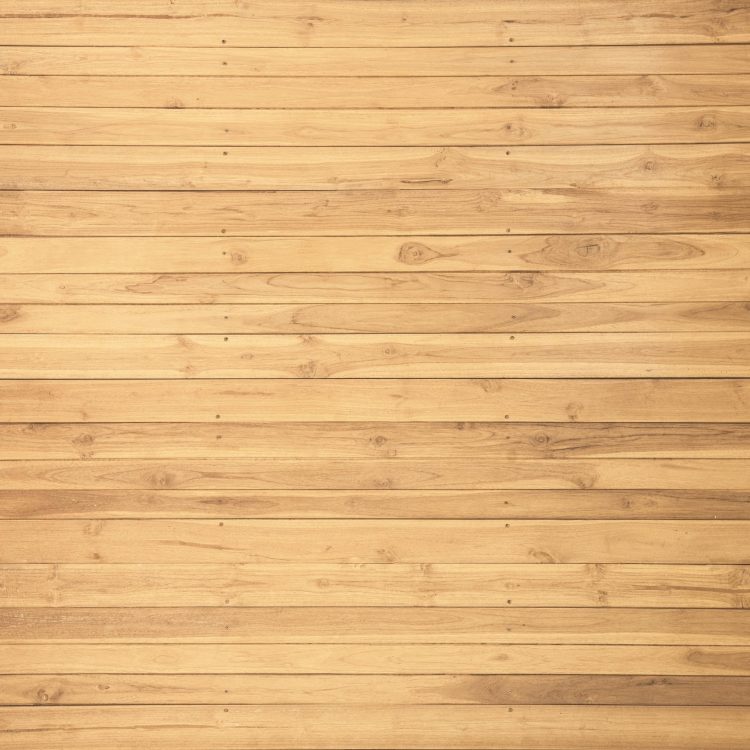Are you thinking about installing engineered hardwood flooring instead of solid hardwood floors in your home? If so, then are there a number of things that you need to know about both of their flooring options. Each has its own set of pros and cons, and it’s important to be as informed as possible that you can make the best decision. Once you know more about them, you’ll be able to choose the one that works best in your home.
How Do They Differ?
While both of these types of flooring are made from wood (which makes sense, given their names), their general makeup is quite different. Solid hardwood floors are made, as the name implies, of solid wood. Each plank comes from the same piece of wood, which you’ll be able to see when you view it from the sides. Engineered wood flooring, on the other hand, is more of a composite. It consists of layers of wood that have been sandwiched together with a very thin piece of hardwood on the top, which finishes off the plank. While both may look the same from the top (especially once they’re installed), they are actually not the same at all.
What about Finishes and Adjustments?
When you purchase engineered wood flooring, most of the time, it arrives already finished. What you see in the showroom is what you get. This is because the engineered wood can’t be refinished too many times. When a standard hardwood floor is refinished, it’s sanded down and restained. This can be done because, with solid hardwoods, you have a lot of board to work with. Since engineered wood floors only have that thin veneer at the top, they can’t be refinished more than once or twice. They come already finished in order to make this easier on you and to prolong the life of the floor. Solid hardwood floors sometimes come prefinished, but in many cases, they are site-finished.
What About the Installation Process?
As you can imagine, the installation process for each of these types of flooring is quite different as well. Installing engineered hardwood flooring is fairly easy since you can use one of many methods, such as gluing it into place, nailing the boards to the subfloor, stapling it, and even using the fold and lock option. Solid wood floors need to be either stapled or nailed, as they need to be adhered to the subfloor. You can’t allow a solid wood floor to “float” on the subfloor as you can an engineered one.
Is There A Difference In Durability?
While both engineered hardwood flooring and solid hardwood floors are fairly durable, nothing compares to the overall hardiness of the latter option. Since engineered wood floors have that thin piece of wood at the top, they are more prone to delaminating or splitting. A solid hardwood floor, on the other hand, can last for decades, if not longer, if it is taken care of properly. They are much more durable than the other option.







Definitely important choices! I’m going to do more research before making the choice between engineered and hardwood floors myself.